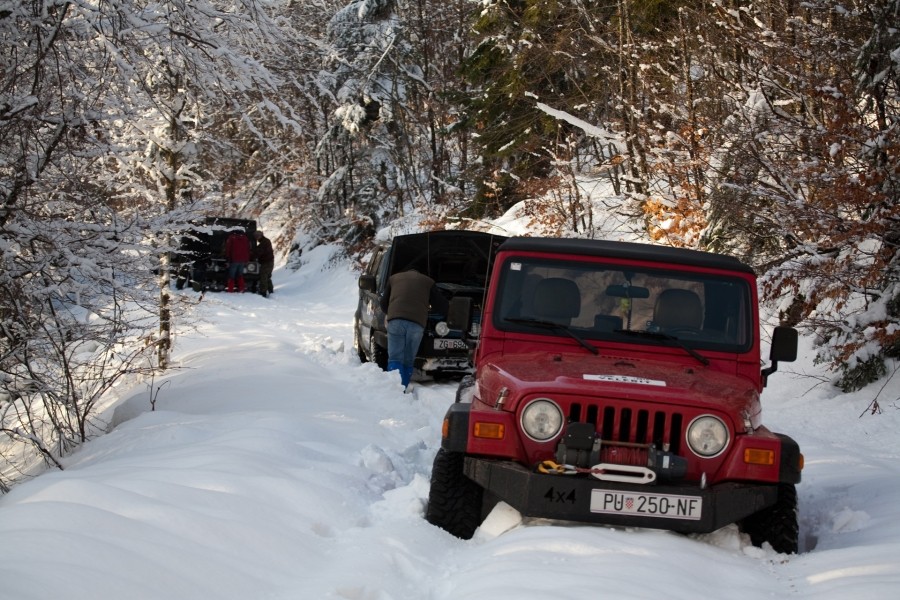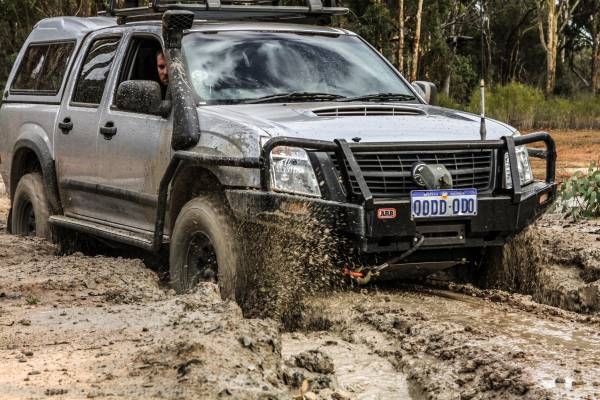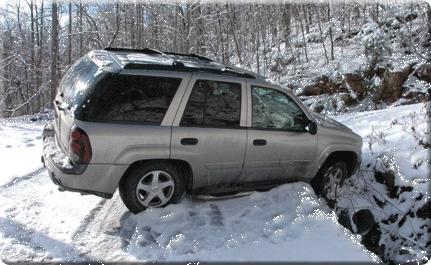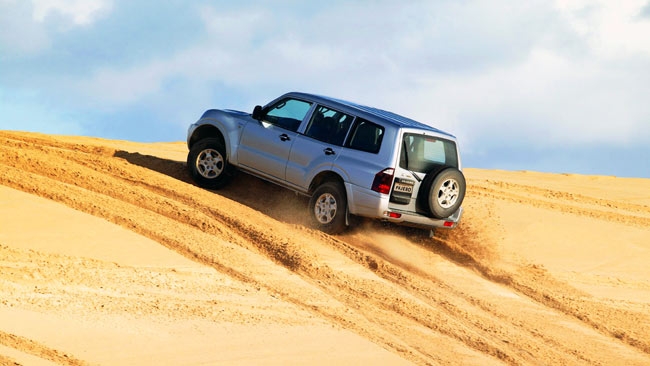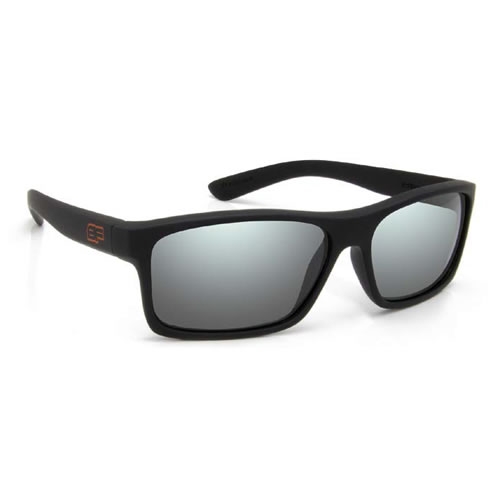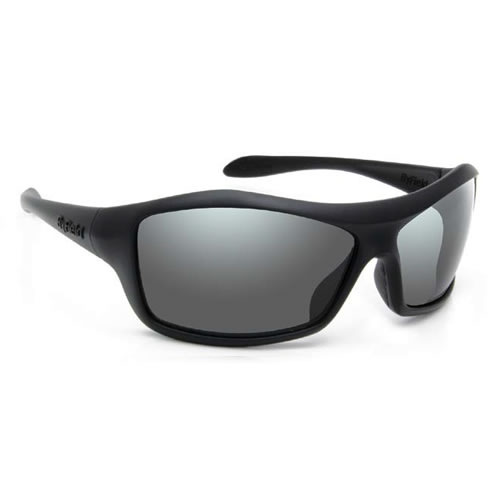Snatch Strap Recovery
A stuck vehicle can be recovered using a product called a snatch strap. The strap is used to pull the bogged vehicle free. The strap is not tensioned before the recovery takes place. Instead the strap is laid loose and the tow vehicle is used to tension the strap like a rubber band. The stuck vehicle is “snatched” free and pulled to safety.
When snatching, the vehicles are positioned to allow around 2, of slack in the strap. The vehicles should be as straight as possible and the strap should not have any twists in it. The strap needs to be attached to a suitable tow point. If shackles are required, they must be rated to at least 3 tonnes.
Snatch straps should never be attached to a towball. Towballs can cause fatal injuries and often break. Towballs are not rated for the stresses required to recover a vehicle.
It is recommended to place a blanket or towel over the snatch strap once it is connected at both ends. This acts as a dampener to prevent the snatch strap storing energy and potentially hurting someone if it breaks.
Once the vehicles are connected and bystanders are out of the way, the bogged driver may signal he is ready. The tow vehicle should drive at a steady pace (not too fast) in a low gear. The driver of the bogged vehicle should be in a low gear and once the jerk of the strap is felt the driver may release the clutch and hopefully drive out.
Be wary of driving over the snatch strap once you are free. Stop as soon as you are clear of the boggy area and remove the strap.
Should you require a longer strap, they can be jointed together by placing the eye of one strap through the eye of the other. Then pull the rest of the strap through its own eye. It is advisable to place a rolled up newspaper in the loop before it is pulled tight as this will aid in undoing the two straps later.
Never join straps with a shackle as this can turn into a bullet should the straps break.

